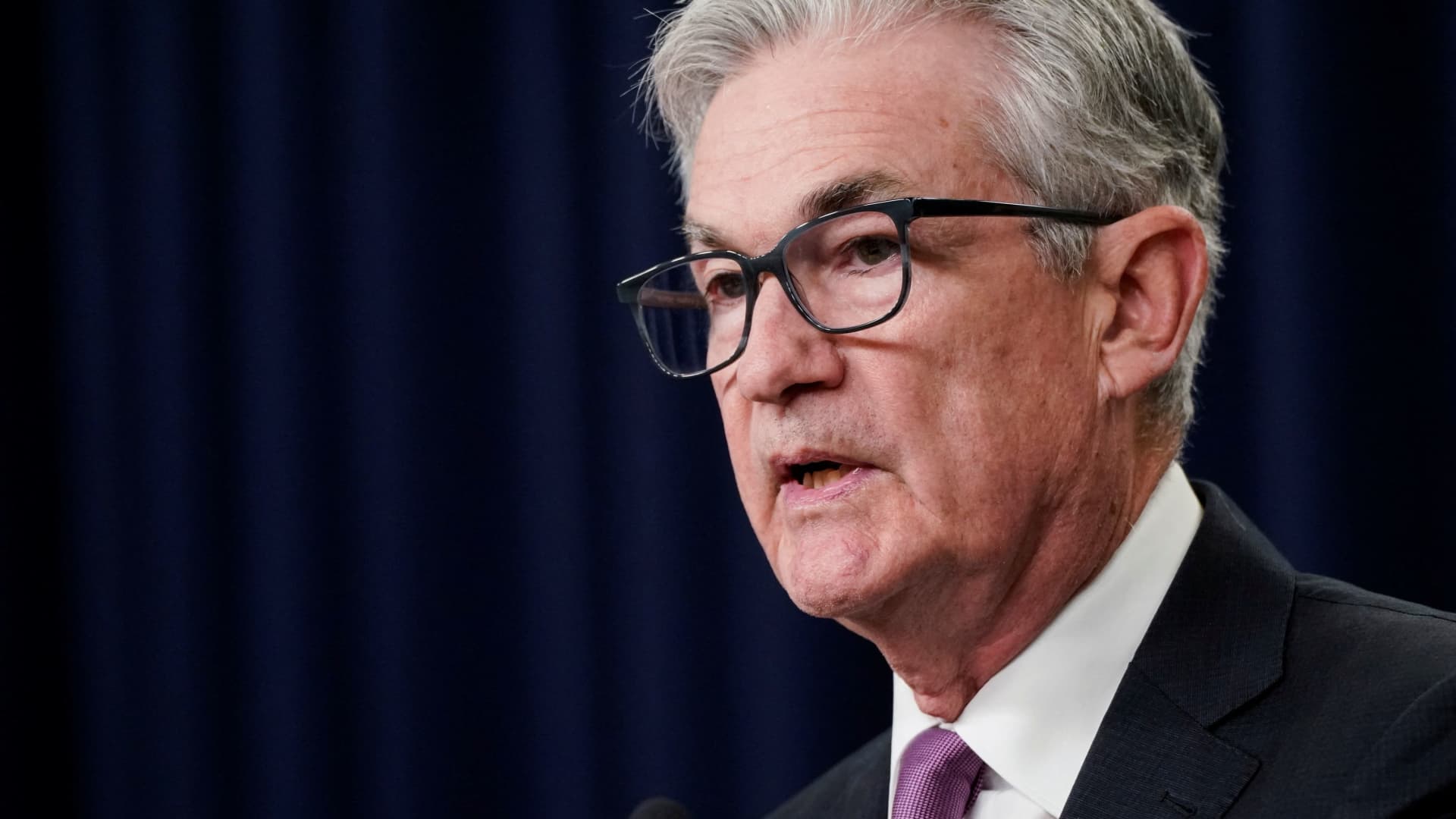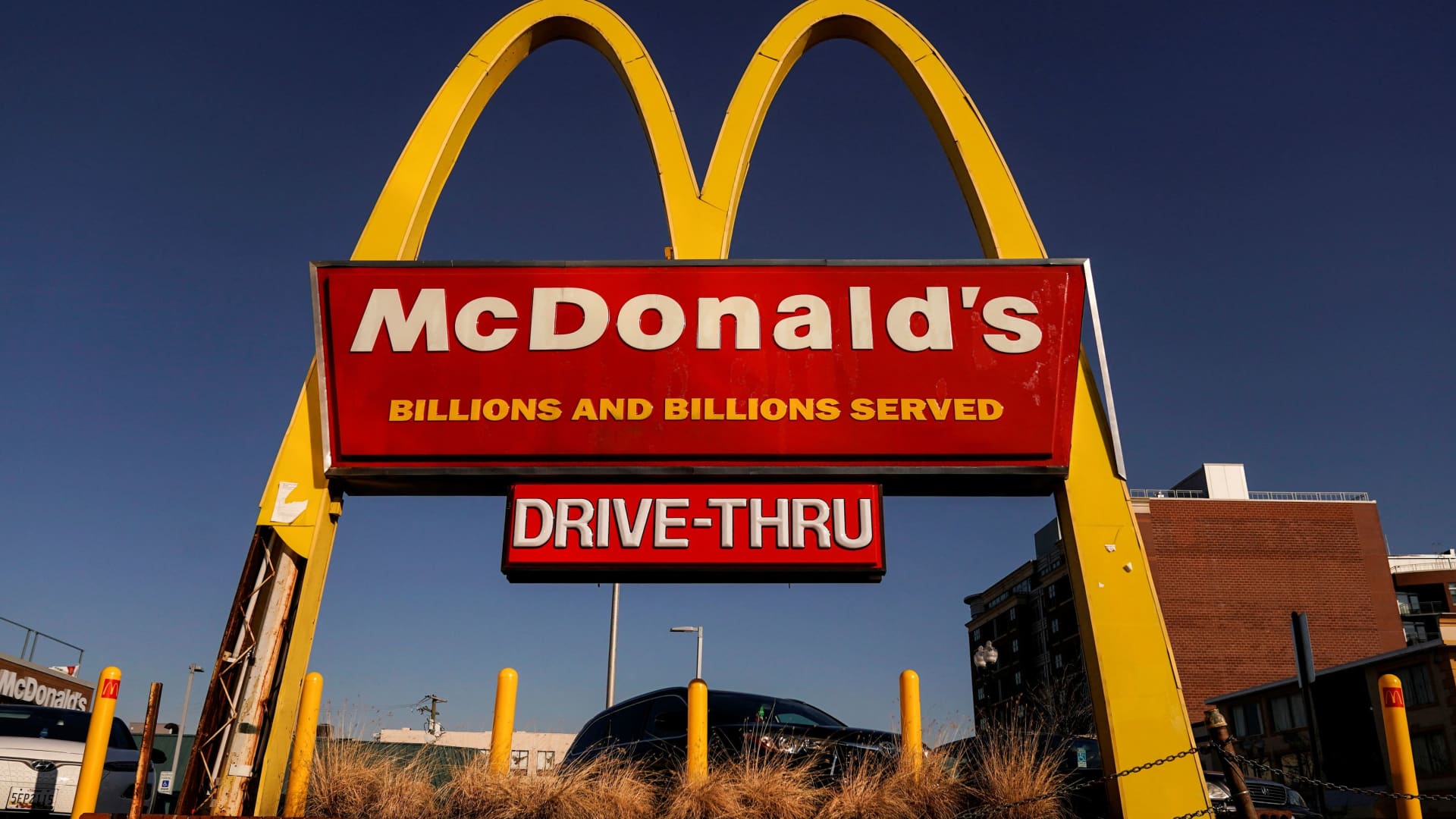There’s one number that could be key to how markets trade right after the Fed meets


The bond market is waiting for Federal Reserve officials to reveal how high they think interest rates will go. The reaction to that forecast will also have a profound impact on stocks, which have struggled as rates have risen in anticipation of a more aggressive Fed. The latest Fed forecast for a terminal rate — or high water mark in interest rates — will be unveiled in quarterly economic projections released at 2 p.m. ET Wednesday. That is when the Fed is expected to announce that will it will raise its target fed funds rate by 75 basis points, though there is some speculation it could move as much as a full percentage point. (A basis point equals 0.01 of a percent) Besides the rate hike, the market is intently focused on the terminal rate. That projection is included in the Fed’s interest rate forecast. Currently, the Fed has its end rate at about 3.8% for 2023, based on its June projections. Those forecasts are shaped by the collective estimates of Fed officials, which are kept anonymous. On Tuesday, the futures market was pricing in a 4.5% terminal rate by next April, but economists’ views are widely varied on where the Fed’s interest rate campaign might peak. Some expect closer to a 4% end rate, while others expect it to be as high as 5%. With a three-quarters point hike Wednesday, the fed funds rate range will move up to 3% to 3.25%. “If we find that 4.25% is the terminal rate for the fed funds rate, I think investors will breath a sigh of relief because it could have been much worse,” said Sam Stovall, chief investment strategist at CFRA. The terminal rate has become a keen focus of investors, particularly since a report on hotter-than-expected August consumer inflation upended views of how aggressive the Fed will have to be. That report sent bond yields sharply higher, and that in turn hurt stocks. The consumer price index showed that inflation continued to rise in August, while economists expected it to decline slightly. The 10-year Treasury yield was at 3.55% Tuesday afternoon, after touching a high of 3.6%. The 2-year yield was at 3.96%, after rising as high as 4%. Expectations for the Fed’s terminal rate also soared. Before the August CPI report, the futures market was pricing in a terminal rate at just about 4% for next April. As rates jumped, stocks have fallen since the Sept. 13 report. Fed dance “If you could call this a Fed dance, the bond market is leading,” said Stovall. “The Fed is the tempo of the music. If the Fed sounds more aggressive, they’re speeding it up and that could, I think, cause the markets and the economy to fall out of step.” Yields on both the 2- and 10-year notes moved lower after the last three Fed rate hikes — in May, June and July — according to Wells Fargo’s Michael Schumacher. At the March meeting where the Fed first raised rates from zero, yields rose slightly. Yields move opposite to price, and a lower yield is viewed as better for stocks. Stocks moved higher after every Fed hike this year, going back to March, when the Fed first raised interest rates, according to data from Bespoke. “I think bonds are driving stocks right now,” said Schumacher. He pointed to the jump in bond yields after the hot CPI report. In the futures market, “the terminal rate went up 40 basis points in 24 hours,” he said. “Stocks just got bludgeoned.” Higher for longer Schumacher said Powell is likely to stress that the Fed will hold rates higher for longer, and not reverse course by cutting rates later next year, as some in the market expect. That’s important because higher for longer means the economy will be facing rates at the terminal level for longer, not the lower yields many expect. There is also a risk that Powell veers to the dovish side, by offering scenarios where the Fed could slow down interest rate hikes, said Schumacher. “The Fed will clarify…that we’re going to go up into the 4s [on fed funds] and stay there. But are they going to pound the idea of a hard landing?” said Robert Tipp, chief investment strategist at PGIM Fixed Income. “And do they think they need much slower growth or is it going to be more of, do [they] slow down and become more cautious as we move into more restrictive territory?” Strategists say the Fed may forecast a terminal rate, but that rate will probably not be where its cycle ends since the outlook for inflation and the economy are unclear. The end rate could be either higher or lower. Tipp said there’s about a 50% chance the Fed will never raise rates above 4% because of economic weakness that is already showing up in the housing market. Bond strategists are divided on what this means for the outlook for the benchmark 10-year yield, which influences mortgages, car loans and other lending rates. “The price action is in anticipation of a hawkish Fed, but it isn’t representative of what we’re going to see at the end of the week,” said Ian Lyngen, head of U.S. rates strategy at BMO. “We expect the 10-year yield to end lower.” The Fed is likely to clarify a lot of issues, including that it does not intend to raise rates to 5%, as some expect, Lyngen said. “I think the market is nervous the Fed feels so behind the curve, they’re going to do something way outside the box,” he said. But NatWest Markets expects the Fed could indeed have a terminal rate of 5%. “I think there’s partially recognition that rates are going to have to go up further than we thought and stay there longer than we thought,” said NatWest’s John Briggs. “What if inflation is stickier?…A 10-year yield at 4% is not that crazy.” This post has been syndicated from a third-party source. View the original article here.




